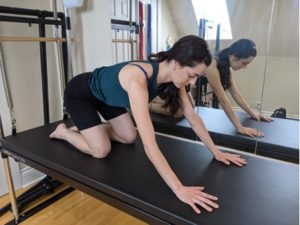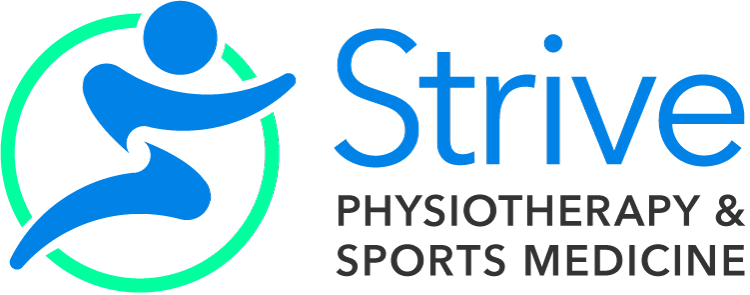Pilates for Chronic Pain
Chronic pain is typically described for when pain lasts longer than three months. Chronic pain happens when continuous pain signals are being sent to the brain which results in the brain being overly sensitized to the body’s region of pain. Chronic pain is often non-specific and can be the result of a multitude of factors, including a level of dysfunction in our biomechanics. If there is too much load on one joint system, it can affect the body’s response in how it finds stability elsewhere. For example, instability in the ankle could lead to chronic pain in the hip.
How can Pilates help?
Movement is the end result of many systems interacting and influencing one another. Pilates is holistic in the sense that we see how the muscle, joint, nervous,and fascial systems work together. In addition to considering specific pathologies, we look at the interactions between these systems to investigate why a region of the body might be vulnerable or stressed. We look for the root causes of tightness and pain, and explore avenues to improve an individual’s overall mechanics so that the systems are better supporting one another.
Chronic Low Back Pain and Helpful Tips
An example of where a person might feel pain and tightness is in the lower back. Pilates can help by addressing and integrating optimal posture, better timing in dynamic movement, and integrating core function. With the example of addressing lower back pain, one approach might be to integrate better hinge mechanics in the pelvis and hip.
The hip hinge mechanic is a common use of our pelvis, hip, and lumbar spine region. Think of how frequently we use the action of getting up and down off a chair, or climbing up a stair. If there is dysfunction in this mechanic, be it postural or an underlying weakness, then we are continuously putting stress on this region of the body.
The following exercise can be effective in re-educating the hinge mechanics of pelvis and hip, and building local support before adding load-such as in a standing posture. Keep in mind that when re-learning biomechanics, it is best to be cued and supervised by a movement professional.
Kneeling Hip Hinge


Have questions about how Pilates can help you get stronger? I’d love to hear from you, send me an email to lily.mcevenue@striveto.ca and let’s connect!

